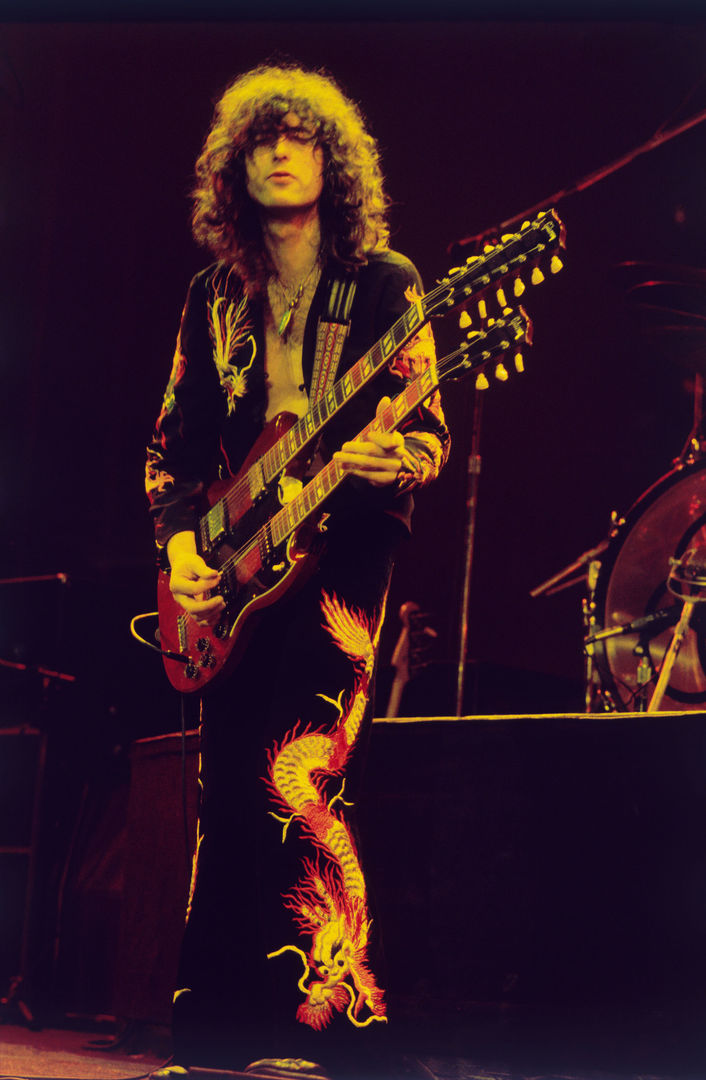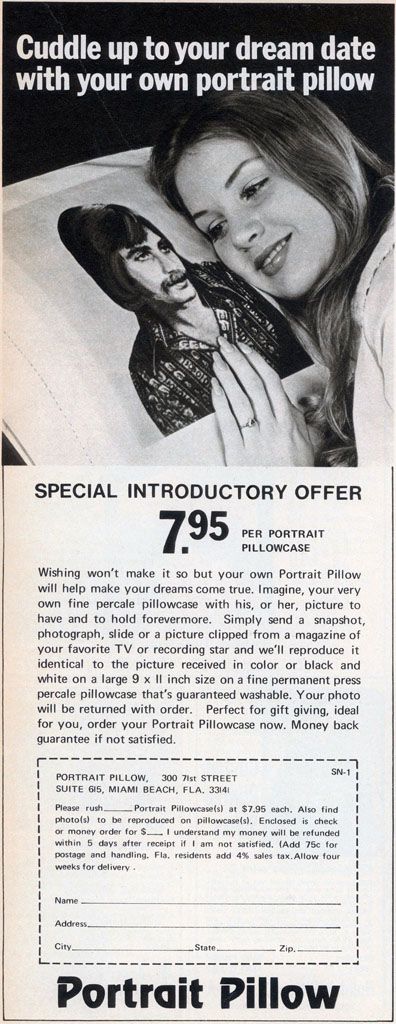||| || « ( ||| || ). | |||| || |||| ( ||| |||||| || || |||| ||| | |||| ( ||| || ). | |||| | || |||| ( |||||| ||| | || |||| ||| || |||| | | ||| || || |||| || || || || || || || |||| ||| || || ?| |||| ( ||| || ). | ( ||| || ). | ||| || ). | || |||| |||||| || || | ( ||| || ). | |||| |||| |||| || |||| || |||| |||||| ( ||| || ). | | ?| || || | || ||| . || |||| || |||| |||||| || || | || » || || | ||| || || |||| || || || || || || || |||| || |||| || || || ?| |||| || ( ||| || ). | ( ||| || ). | || ). | || |||| |||||| || || | ( ||| || ). | || |||| || |||||| |||| || |||| |||||| ( ||| || ). | | ?| || || | | |||| || |||| || |||| |||||| || || | || |||| || ( ||| || ). | |||| || |||| ( ||| |||||| || || |||| ||| | |||| ( ||| || ). | |||| | || |||| ( |||||| ||| | || |||| |||
Richard Metzger: bizarre branches into media
.@dangermindsblog "I want satanic," says @RichardMetzger, pointing to a goat on the wall, next to his "Disney-orgy poster," aficionados recognize as an Aleister Crowley "IV-using mouse stripping Tinkerbell" painting ... " https://t.co/o9Znzw0XjC @latimes— mrjyn (@mrjyn) December 13, 2018
"I wanted something that looked fun and satanic," says Richard Metzger, pointing to the small goat head on the living room wall of his Sherman Oaks apartment. It hangs next to the "Disney memorial orgy poster"-- which aficionados of subversive art would recognize by its depictions of an IV-drug-using Mickey Mouse and a stripping Tinkerbell. A 1918 painting by notorious occultist Aleister Crowley hangs on a perpendicular wall.
Such unlikely collectibles -- and the culture behind them -- are the 38-year-old Metzger's raison d'etre.
Metzger, host of the TV show "Disinformation" on Britain's Channel 4, is a slick multimedia peddler of all things enigmatic, odd and conspiratorial.
Though his show never aired in the U.S., it was released here this week on DVD as "Disinformation: The Complete Series."
The video falls under the umbrella of the Disinformation Company -- a New York-based corporation that puts out DVDs, publishes books and hosts conferences on all things counterfactual and mysterious, under the helm of Metzger and business partner Gary Baddeley.
The "Disinformation" TV series -- which helped put the company on the global map -- was cleverly dubbed "a punk-rock '60 Minutes.'"
"But not everyone was a fan. Metzger recalls one particularly incendiary missive received by Channel 4: "It said that they should be ashamed of presenting such dangerous ideas over Britain's airwaves."
"Disinformation" probes deeply into mind-bending themes ranging from she-males and Satanists to performance artists and comics creators. Topics range from the esoteric and visionary to the out-and-out unbelievable.
Metzger's stock line at the beginning of each episode:
"If you don't wonder if we made this stuff up, we're not doing our job right."
The job gets done right. On one end, visionary metaphysical architect-painter Paul Laffoley discusses his intricate work on pieces inspired by the mathematical precision of the golden mean. On the other, author Brice Taylor tells Metzger about being sold into sex slavery and pimped off to influential politicians and celebrities. Is truth stranger than fiction?
Or are these just a twisted form of truth? These are questions that the host leaves with his audience. But it's hard to dismiss or dislike Metzger, who presents everything with the even, stylish cool of Bryan Ferry.
This approach to these unconventional topics is both mesmerizing and charming. "That show was a spell," he says, a familiar statement to fans who read his book version, "Disinformation: The Interviews." He describes the tome as "a manual of magick."
Metzger, who hails from Wheeling, WV, seems to be this magick's primary practitioner, and his incantations are his snappy marketing catchphrases.
These include:
"We're Caligula, not Mary Poppins," and "I'm Rod Serling and 'Disinformation' is my 'Twilight Zone.' "
Metzger is an undeniable alchemist in business, able to sprinkle magic dust on these reports from society's fringes and transform them into gold. He separately convinced three corporate giants --the Sci-Fi Channel, Razorfish and TCI (now AT&T Broadband) -- to fork over nearly $3 million collectively for various Disinformation projects. In each case, after seeing the finished but very raw product, the company basically paid him to go away while giving him rights to the material.
Right now, he's pitching a new show: "It's a mockumentary version of '60 Minutes,' as if it was directed by Christopher Guest." A show like that may have seemed unlikely a few years ago, but cultural shifts are pushing the bumper-sticker credo "Question Authority" to its outer limits. Metzger points out that edgy writer-filmmaker Michael Moore sells a prodigious number of books via a major publisher. Disinformation's own popular title, "Everything You Know Is Wrong," has sold a respectable 100,000 copies. The underground is over-ground.
Fellow independent publisher Adam Parfrey, of Feral House in Los Angeles, has also profited from this trend, but he maintains a distinction between his approach to the cultural underground and Disinfo's modus operandi.
"They do a very good job of marketing and publicizing this material," he says. "Richard and Gary have packaged it in such a way that it's not offensive."
It's not all easily palatable.
One recurring segment in the "Disinformation" TV series, for instance, shows the dangerous pranks played on an uncle in a rowdy North Carolina home. The inebriated man is set on fire and spray-painted by his impish nephew and cohorts.
Yet in Metzger's hands, even this has turned into a cult fixation, spawning fans and a website. "Disinformation" bought 13 hours' worth of the gritty footage.
The uncle died about a year ago of pneumonia.
"We practically paid for the headstone of his unmarked grave," says Metzger. "He's buried in their backyard." Now that's underground.
`Disinformation: The Complete Series'
Price: $29.95
Running time: About
480 minutes
Richard Metzger
| |
|---|---|
Born July 28, 1965
Wheeling, West Virginia, United States
Residence
Cincinatti, OH
Richard Metzger (born July 28, 1965) is a television host and author.
He was the host of the TV show Disinformation (United Kingdom Channel 4, 2000–01), The Disinformation Company and its website, Disinfo.com. He is currently the host of the online talk show Dangerous Minds.
For several years Metzger hosted a talk show, The Infinity Factory, broadcast on Manhattan public-access television cable TV and distributed online through Pseudo.com. It was similar in tone and appeal to Art Bell and George Noory's paranormal Coast to Coast AM radio show, on which Metzger had also been a guest. Many of the interview subjects on this show would go on to be features in the Channel 4 series.
Metzger was the host of the TV show Disinformation, which aired for two seasons (2000 and 2001) on Channel 4 in the UK as part of their late night "4Later" programming block.[4]
According to interviews, Metzger was told just twelve days prior to the first specials' air-date that he would have to cut 50% of the material from the show in order to pass the USA Network's corporate lawyers' scrutiny. Those four shows have subsequently been released on a DVD with a second bonus disc presenting highlights of The DisinfoCon, a 12-hour event featuring shock rocker Marilyn Manson via pre-Skype video chat, underground filmmaker Kenneth Anger, painter Joe Coleman, Douglas Rushkoff, Mark Pesce, Grant Morrison, Robert Anton Wilson, and others.
Metzger created the Disinformation website in 1996,[2][5] and was able to regain control of the intellectual property rights and a $1.2 million investment by the site's original backer, cable giant TCI (now AT&T Broadband) after TCI CEO John Malone had demanded funds be cut off when news of Metzger's "anarchist bullshit" reached him.[1] In 1997 he co-founded The Disinformation Company, which joined with Avenue A/Razorfish, and became part of the RSUB Network until 2001.










